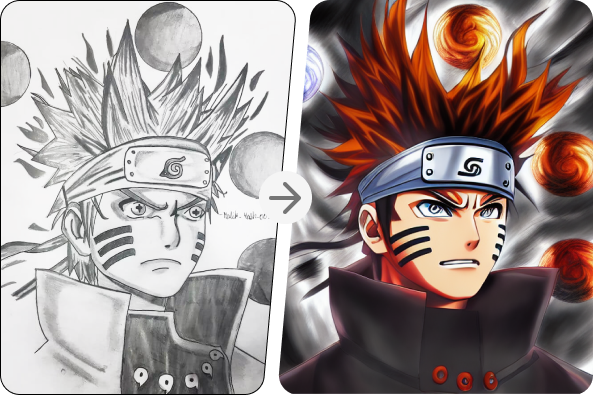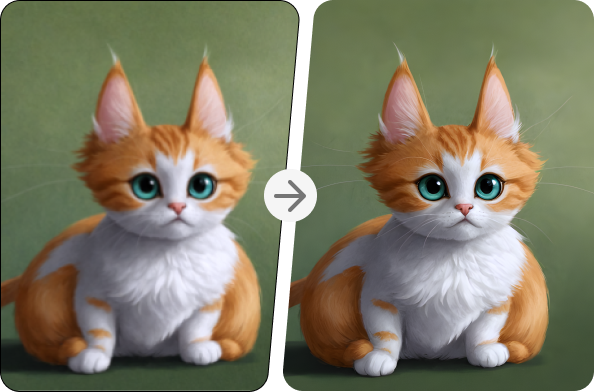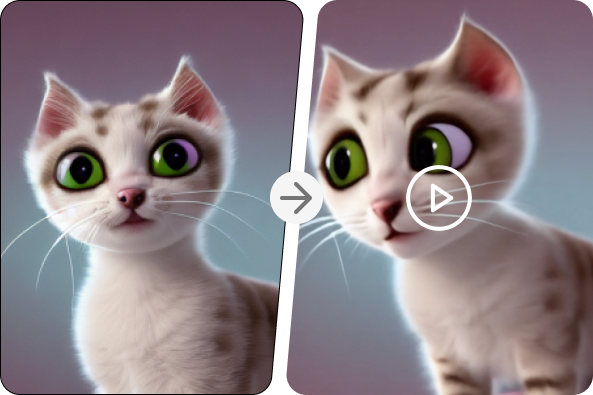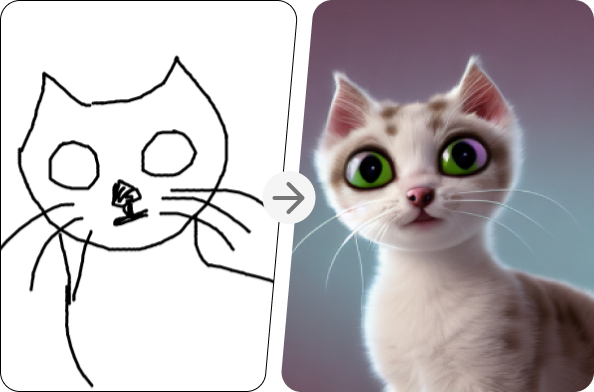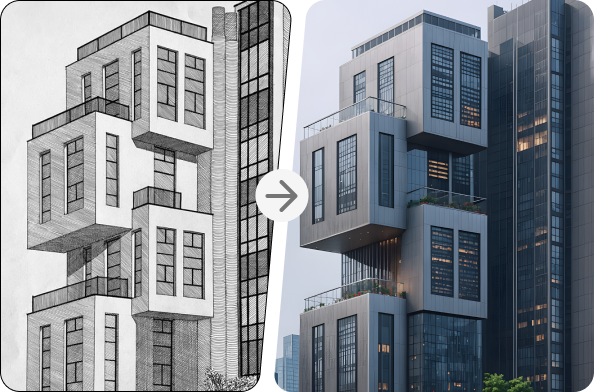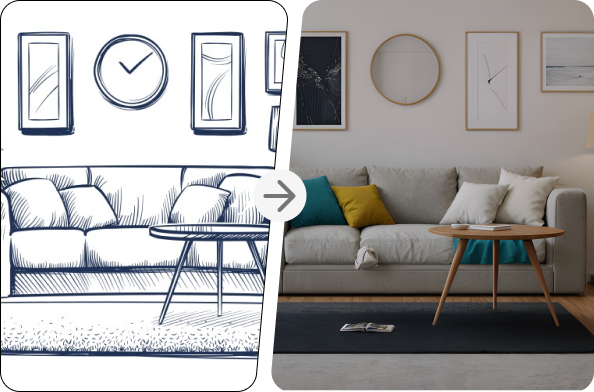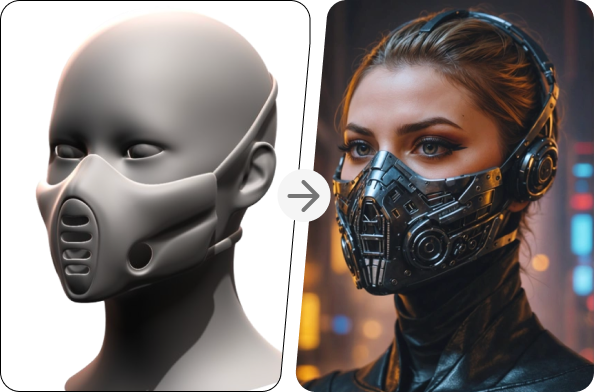Future Trends in AI Design Tools
Introduction
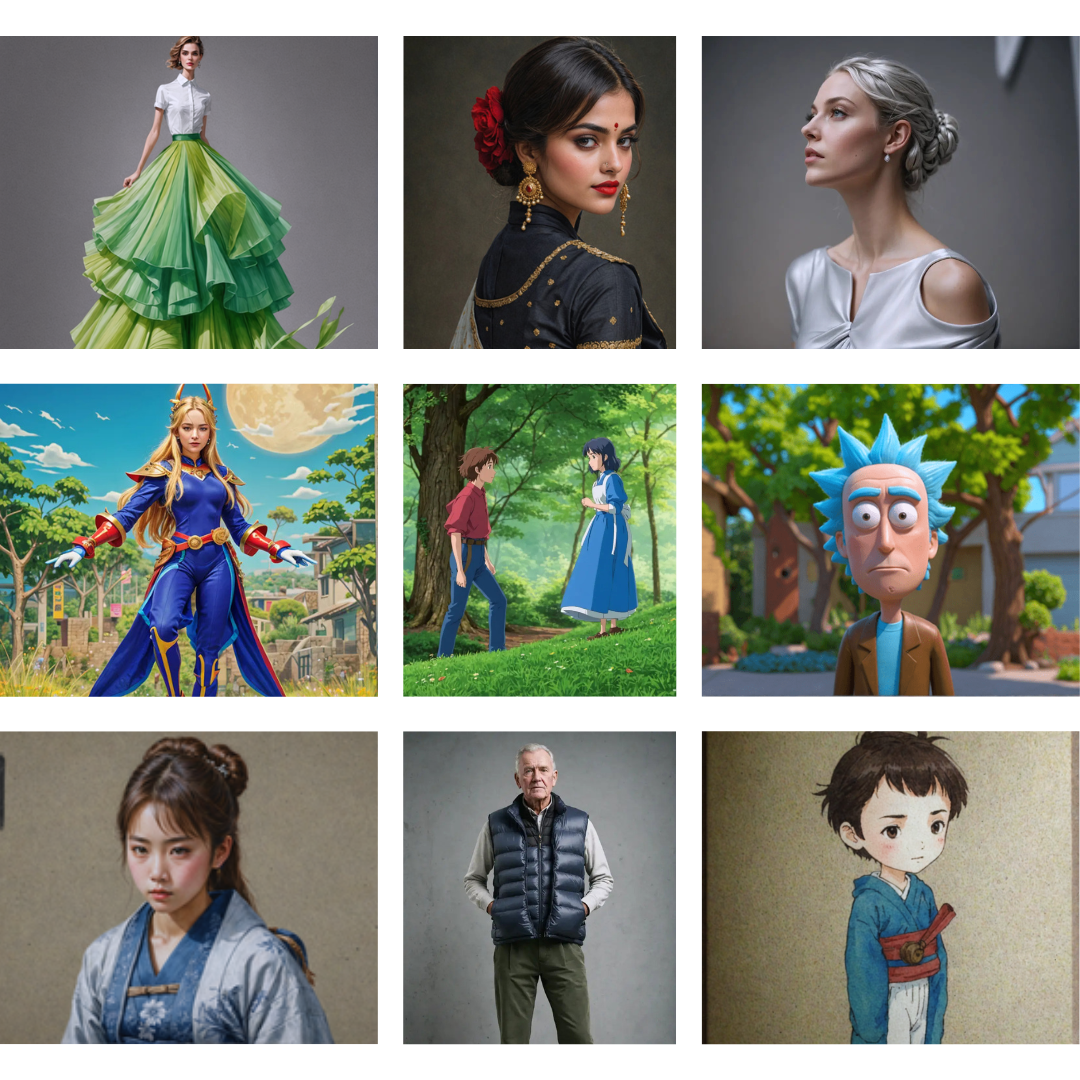
AI-powered design tools are rapidly evolving, transforming the way creatives, businesses, and non-designers approach visual content creation. As technology advances, SketchToImage continues to push the boundaries of AI-assisted design, integrating automation, personalization, and collaboration. This guide explores the emerging trends in AI design tools and what the future holds for AI-powered sketch transformation.
The Rise of Generative AI: What It Means for Sketch to Image Tools

Generative AI is revolutionizing the creative industry by enabling machines to produce high-quality, unique visuals from minimal input. For SketchToImage, this means:
- More realistic, detailed, and context-aware AI-generated images.
- Faster design iterations with intelligent style adaptation.
- The ability to generate entire compositions from rough sketches with greater accuracy.
How AI Design Tools Will Evolve to Support More Complex Creative Processes
AI tools are no longer just basic sketch enhancers—they are becoming full-fledged creative assistants. The next evolution of SketchToImage will include:
- Advanced layering and editing capabilities, allowing designers to refine AI-generated images directly within the platform.
- Dynamic brush and texture recognition, improving AI interpretation of artistic styles.
- AI-assisted concept refinement, where users can tweak outputs based on iterative feedback.
AI in Collaborative Design: The Future of Team-Based Creative Projects
As remote work and digital collaboration grow, AI design tools will become more team-friendly. Future enhancements in SketchToImage may include:
- Real-time AI-generated image collaboration, enabling teams to work on the same project simultaneously.
- Version tracking and AI-powered suggestions, streamlining design feedback loops.
- Integration with project management tools for seamless workflow automation.
AI and Augmented Reality (AR): Combining AI Design with Immersive Technology
The combination of AI and Augmented Reality (AR) will unlock new creative possibilities. Potential applications include:
- Sketch-to-AR conversion, allowing users to visualize AI-generated images in real-world spaces.
- Interactive AR prototyping, enhancing design testing before production.
- Live sketch recognition in AR environments, where AI can assist with real-time enhancements.
How AI Tools Will Enhance Personalization and Customization in Design
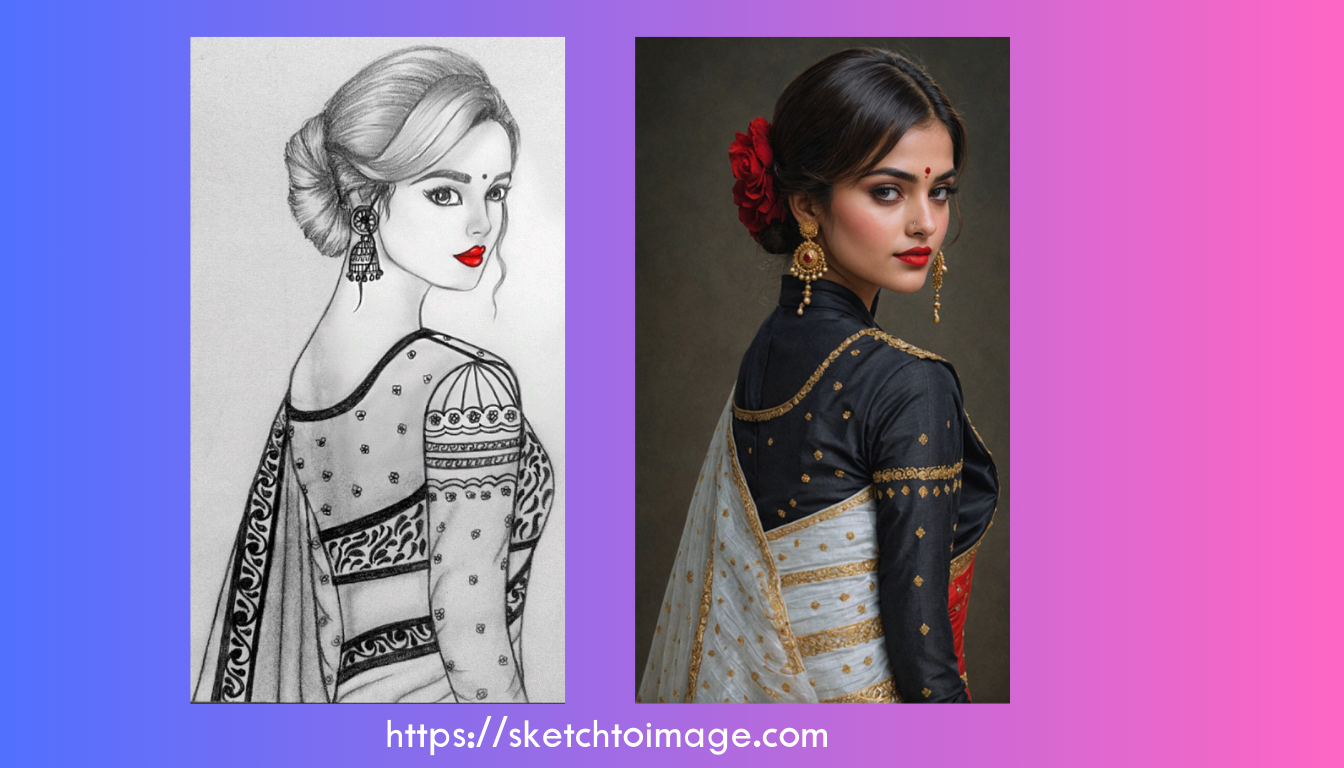
AI is moving towards hyper-personalization, allowing users to create unique, custom-tailored designs. SketchToImage may introduce:
- Adaptive AI learning, where the tool refines outputs based on a user’s past preferences.
- Personalized design templates, ensuring a consistent brand identity.
- AI-generated assets tailored to audience preferences, improving marketing and branding effectiveness.
The Role of AI in Sustainable Design: Reducing Waste and Improving Efficiency
Sustainability is becoming a priority in AI-assisted design. Future updates to SketchToImage could contribute by:
- Reducing dependency on physical materials, such as print-based mockups and prototypes.
- Optimizing digital content production, minimizing unnecessary revisions.
- Generating eco-friendly product designs, ensuring efficiency in manufacturing and branding.
Predictive Design: How AI Will Anticipate User Needs and Improve the Design Process
AI will soon become more predictive, anticipating user needs before they even input commands. This could mean:
- Automated design recommendations based on user habits.
- Smart AI-generated variations, providing multiple styles in one click.
- Auto-enhanced sketches, where AI suggests improvements to rough drafts without manual intervention.
Ethics and Governance in the Future of AI Design Tools
As AI-generated content becomes mainstream, ethical considerations will be critical. The future of AI design tools must ensure:
- Bias-free AI training, preventing the reinforcement of stereotypes.
- Clear copyright and attribution policies for AI-generated assets.
- Transparency in AI decision-making, so users understand how AI processes their inputs.
How AI Will Democratize Design: Empowering Non-Designers to Create Professional-Quality Work
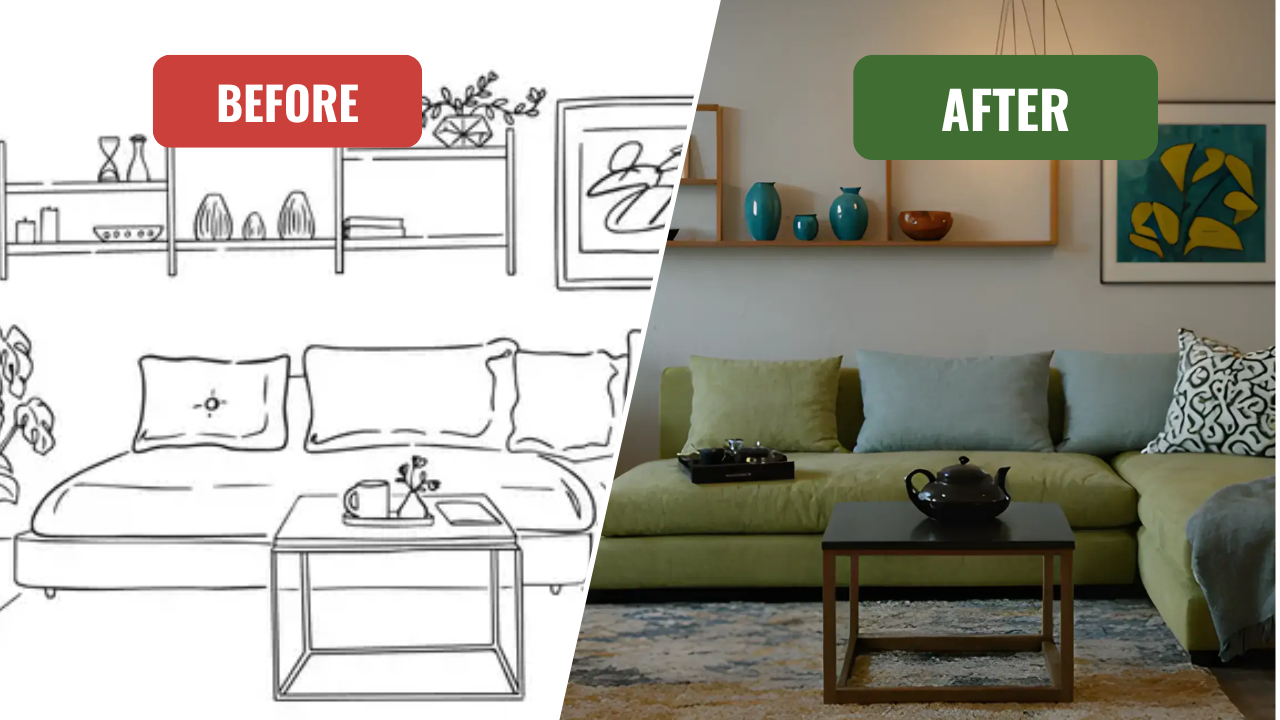
AI-powered design tools will continue to break barriers, making professional design accessible to everyone. This means:
- No-code AI-powered design tools, enabling non-designers to create stunning visuals effortlessly.
- AI-assisted brand identity creation, allowing small businesses to develop logos, product packaging, and marketing materials without hiring a designer.
- Automated UX/UI mockups, simplifying the app and web design process.
The Integration of AI with Other Technologies: What’s Next for Sketch to Image and Design Software
The future of AI design tools lies in their integration with other cutting-edge technologies. Expect to see:
- AI + Blockchain for digital art authenticity, preventing plagiarism of AI-generated content.
- AI-powered voice commands, enabling users to describe visuals and have AI create them in real-time.
- Seamless cross-platform compatibility, integrating AI-generated sketches directly into software like Photoshop, Figma, and 3D modeling programs.
Conclusion
AI-powered design tools like SketchToImage are rapidly advancing, making creative processes more efficient, accessible, and intelligent. As AI technology continues to evolve, expect better personalization, deeper collaboration, and integration with immersive technologies. The future of AI in design is not about replacing human creativity—it’s about enhancing and amplifying it.

